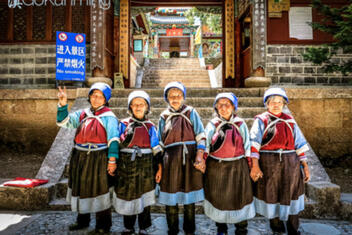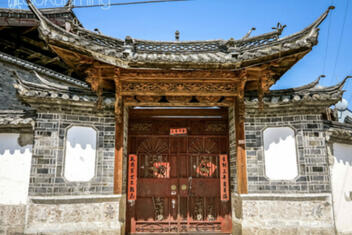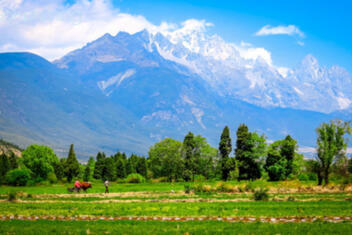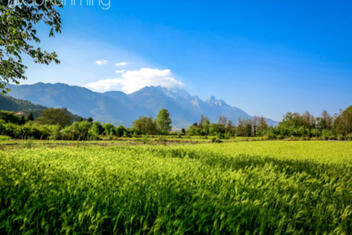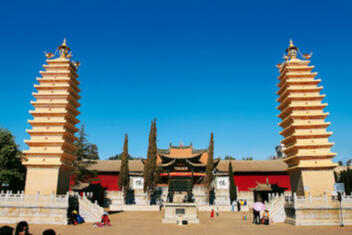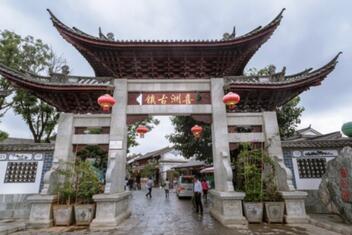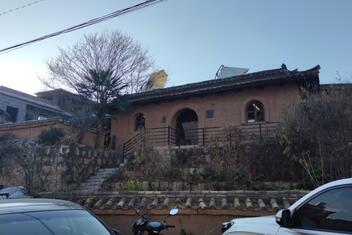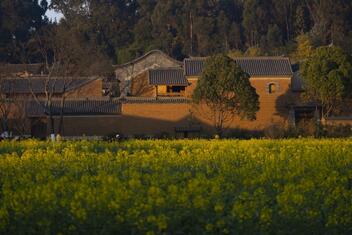Baisha Old Town
白沙古镇
About Baisha Old Town
Baisha literally means 'white sands'. The town was the first settlement of the Naxi people (纳西族) after they migrated south from the Tibetan plateau. It was once the political, commercial and cultural center of the the powerful, yet mysterious, Naxi Kingdom (纳西古王国). The region became part of the Yuan Empire in late thirteenth century. The Mu family (木氏家族), which administrated Lijiang from the late fourteenth to the early eighteenth century, had its birthplace in Baisha.
The area also played a large part in the strategic commercial network known as the Tea Horse Road (茶马古道). Baisha is composed of many smaller towns. The main one, where the market square is situated, is called Sanyuan Vilage (三元村), but is nowadays more often referred to simply as Baisha Old Town (白沙古镇). It remained mostly unchanged for many centuries until about a decade ago, when tourists started visiting as a day-trip from Lijiang.
Cafés and guesthouses now line the main road and old buildings have been renovated. Luckily, original features such as brick and wooden walls, tile roofs and small irrigation canals have in many cases been preserved. The place still has a quiet and relaxed atmosphere, as well as remarkable views of nearby mountain peaks. Starting from the main market square, it can be easily explored on foot.
Photos
白沙古镇
Places inside Baisha Old Town
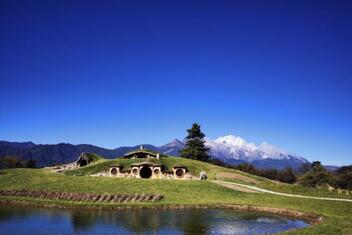
Tinghua Valley
Tinghua valley mimics The Shire, home to Tolkien's …
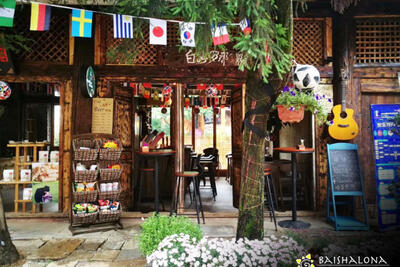
Baishalona
Baishalona is located in the authentic Naxi town …

Baisha Renjia Restaurant
Small restaurant serves simple Naxi dishes.
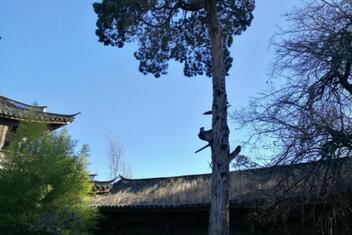
Baisha Traditional Naxi Culture Center
You can experience different Naxi culture including painting, …
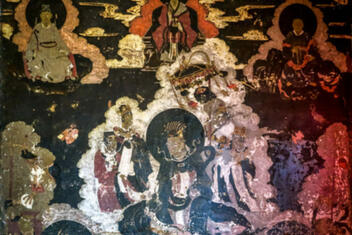
Baisha Institute of Naxi Murals
It has ancient Naxi Murals left from Ming …
1 REVIEW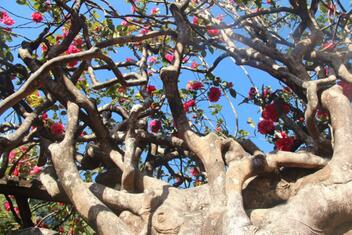
Yufeng Temple
A temple compound that, while categorized as Tibetan …

Solowandering Hotel
All the rooms in the hotel are two …
What other visitors say
1 review
Excellent

